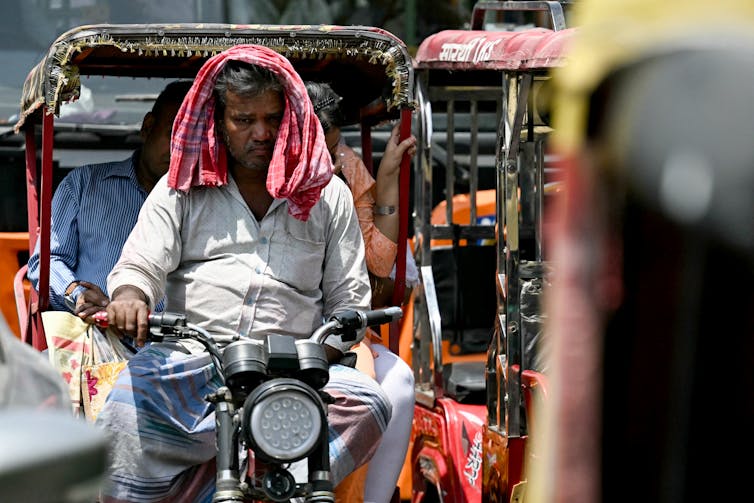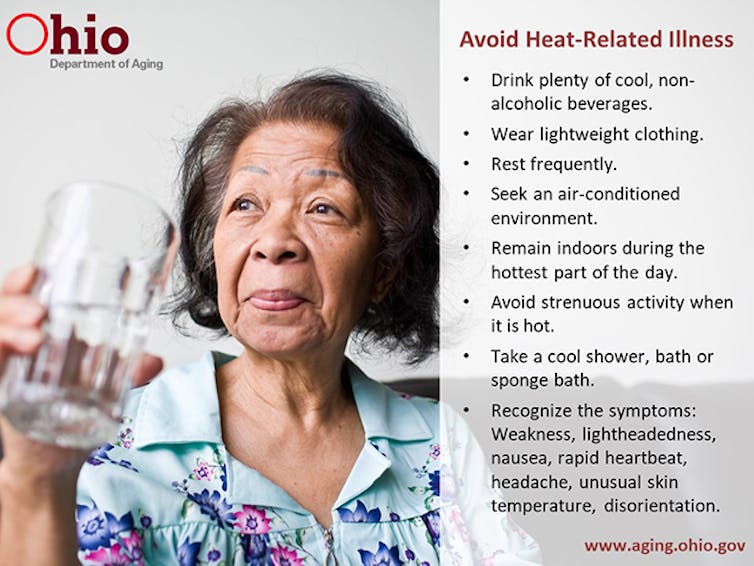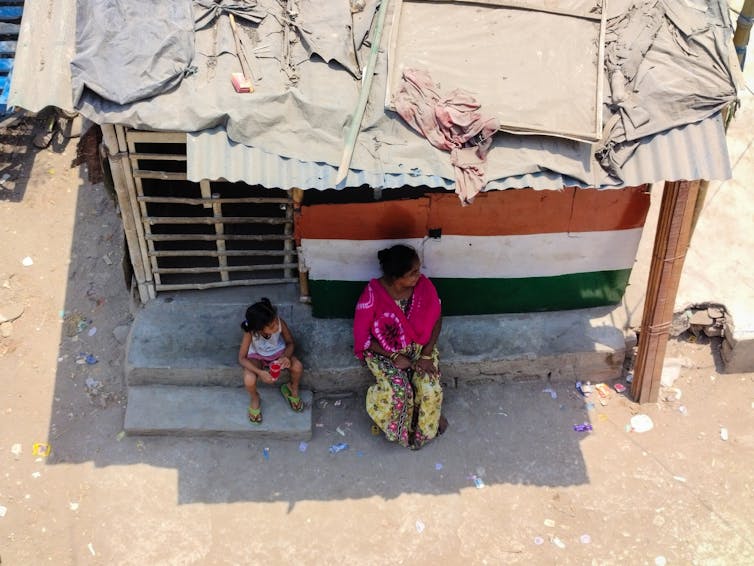In the spring of 2024, a lethal heat wave engulfed large regions of Asia for weeks, resulting in temperatures in India’s capital region exceeding 120 degrees Fahrenheit (49 Celsius) in late May. Residents of Delhi were cautioned by officials that they may encounter water shortages and power disruptions.
Earlier in the month, the oppressive heat caused campaigning politicians, news announcers, and Indian voters who were waiting in lengthy lines to pass out.
As far north as Japan and as far south as the Philippines, the unrelenting heat disrupted daily life. In early May, students and instructors in Cambodia were sent home from school due to the inadequate ventilation of their poorly ventilated classrooms, which resulted in the stifling heat and humidity that their hand-held fans were unable to adequately mitigate. Farmers in Thailand observed their crops wither and lamented the loss of livestock that perished under the scorching sun. The humidity resulted in the deaths of hundreds of individuals.

Arun Sankar/AFP via Getty Images
In recent years, the majority of the planet has been subjected to the catastrophic consequences of extreme temperatures. In the summer of 2023, Phoenix experienced temperatures of 110 F (43.3 C) or higher for 31 consecutive days, and Europe experienced unprecedented heat that resulted in the deaths of hundreds and contributed to the devastating wildfires in Greece.
Heat waves kill older persons most often, and the situation is worsening.
We investigate population aging and climate change. Our research reveals two global trends that, when combined, indicate a bleak future.
A greater number of elderly individuals will be susceptible to thermal stress.
Initially, the temperature has reached an all-time high. The average temperatures during the nine-year period from 2015 to 2023 were the highest since global records were established in 1880.
Secondly, the global population is experiencing an aging process. Nearly 2.1 billion individuals aged 60 and elderly will comprise 21% of the global population by 2050. Currently, that percentage is 13%.
The cumulative impact of these factors will result in an increasing number of elderly individuals who are susceptible to the effects of increasing temperatures.

We matched population forecasts for different age groups with climate change scenarios for the coming decades to understand the dangers. Our analyses indicate that by 2050, over 23% of the global population aged 69 and older will reside in regions where peak temperatures consistently exceed 99.5°F (37.5°C), as opposed to only 14% currently.
That means 250 million more older people will face dangerously high temperatures.
The data mapping indicates that the majority of these older adults reside in lower- and middle-income countries, where they have limited access to electricity, cooling appliances, and potable water, as well as insufficient services.
The increase in temperatures in historically milder parts of the Global North, such as North America and Europe, will be the main factor influencing older adults’ exposure to heat. In traditionally hotter locations like Asia, Africa, and South America, population expansion and longevity increases mean more older people may face heat-related dangers.
Because older people are heat-sensitive, policymakers, communities, families, and older residents must understand and prepare for these hazards.
Older individuals are particularly susceptible to the adverse effects of extreme heat.
Although high temperatures are oppressive for all individuals, they can be fatal for senior adults.
Delirium can result from extreme heat, which exacerbates prevalent age-related health conditions, including heart, lung, and kidney disease. The bodies of older individuals are unable to calm down as effectively when temperatures rise, as they do not sweat as much as those of younger individuals. Common prescription drugs, like anticholinergics, suppress sweating, worsening these issues.
Dehydration can result from prolonged exposure to sweltering, humid weather, a condition that is exacerbated by the adverse effects of prescription medications, including beta-blockers and diuretics. Increasing the likelihood of falls and injuries, dehydration can cause older individuals to feel weak and dizzy. In regions that lack access to secure and affordable drinking water, these threats are exacerbated.

Heat disease prevention tips can save lives, but even in wealthy countries, they are hard to implement.
Those who already have lung issues, such as chronic obstructive pulmonary disease (COPD), find it particularly challenging to breathe due to poor air quality.
For older individuals with physical health issues, temperatures as low as 80 °F (26.7 °C) can be a significant hazard. And even 78 F (25.6 C) can be hazardous to older individuals when humidity reaches 90%.
Older individuals who are unable to afford to operate their air conditioners for extended periods or whose homes lack air conditioning are particularly susceptible to the adverse effects of nighttime heat. The optimal temperature for the peaceful slumber of older adults is between 68 and 77 F (20 and 25 C), and the quality of their sleep decreases as the temperature increases. Restless sleep might make elderly adults more unhappy and disoriented during the day. Additionally, medications may experience diminished efficacy when stored in environments exceeding 77°F (25°C).
Stifling heat waves can also hurt older people mentally.
Older individuals may experience feelings of isolation, depression, and boredom as a result of being confined indoors during periods of extreme heat. Cognitively impaired people may misjudge extreme temperatures or misinterpret heat advisories.
Individuals who are restricted by physical mobility or lack transportation access are unable to readily access public cooling centers, if they exist, or seek relief in nearby “green and blue areas,” such as lakes and parks.
What is feasible?
Policymakers may reduce greenhouse gas emissions from fossil fuels in automobiles, power plants, and factories to combat global warming and safeguard elderly people from heat risk. Additionally, older adults and their caregivers may implement adaptation strategies.
However, aid must be tailored to each location and population.
Wealthy municipalities can increase public investments in early warning systems and transportation services to cooling centers and hospitals. They can utilize GIS to locate older adult-heavy neighborhoods and extend electricity grids to meet air cooling demand.

Larger adjustments are needed in areas with poor housing, poor water, and few public services like cooling centers. Many countries cannot afford to improve health care, water, housing, and air pollution to reduce heat wave health issues.
This decade is crucial for preparing communities for rising heat and aging populations, according to the WHO and PAHO. Researchers, practitioners, and politicians worldwide may save lives by following their call.







